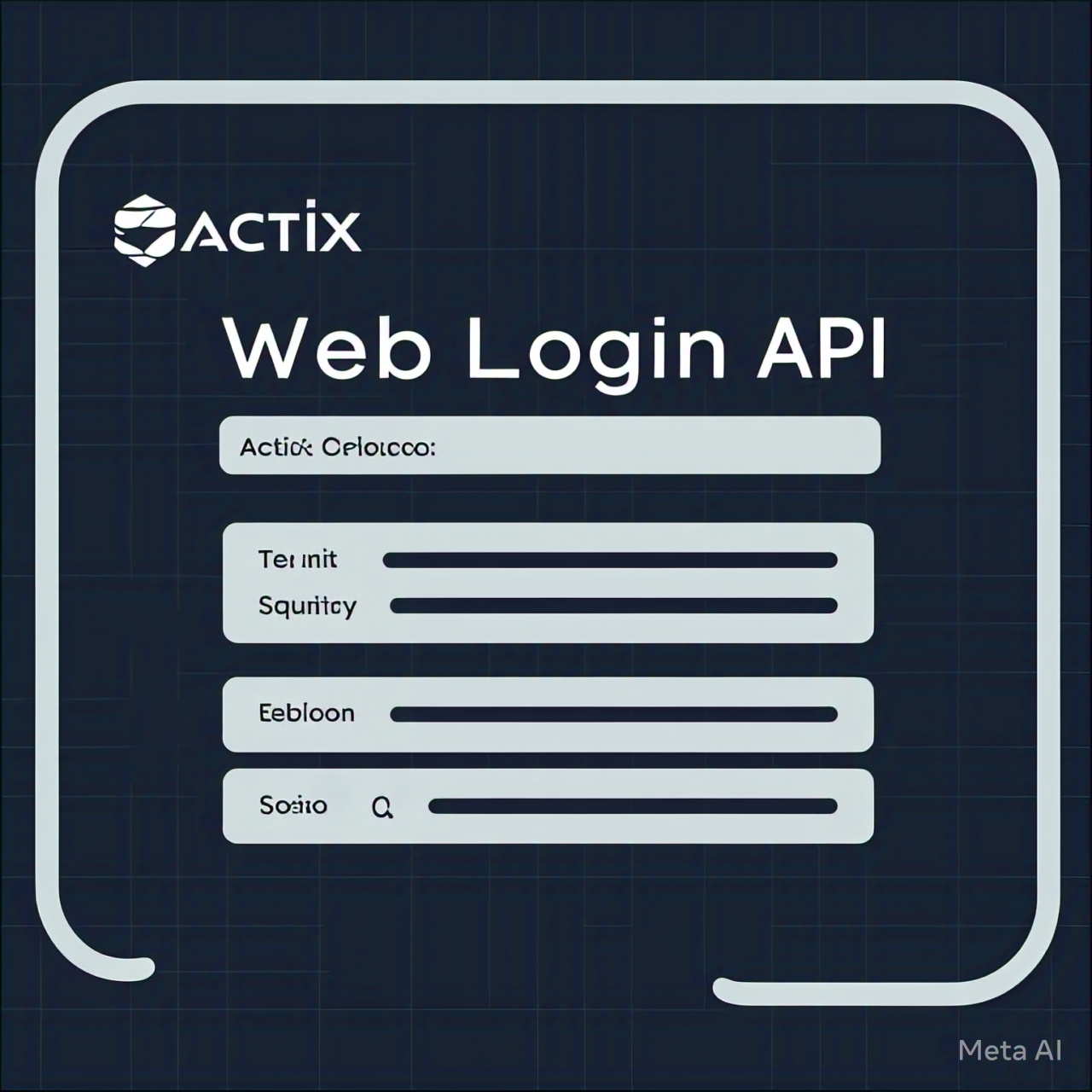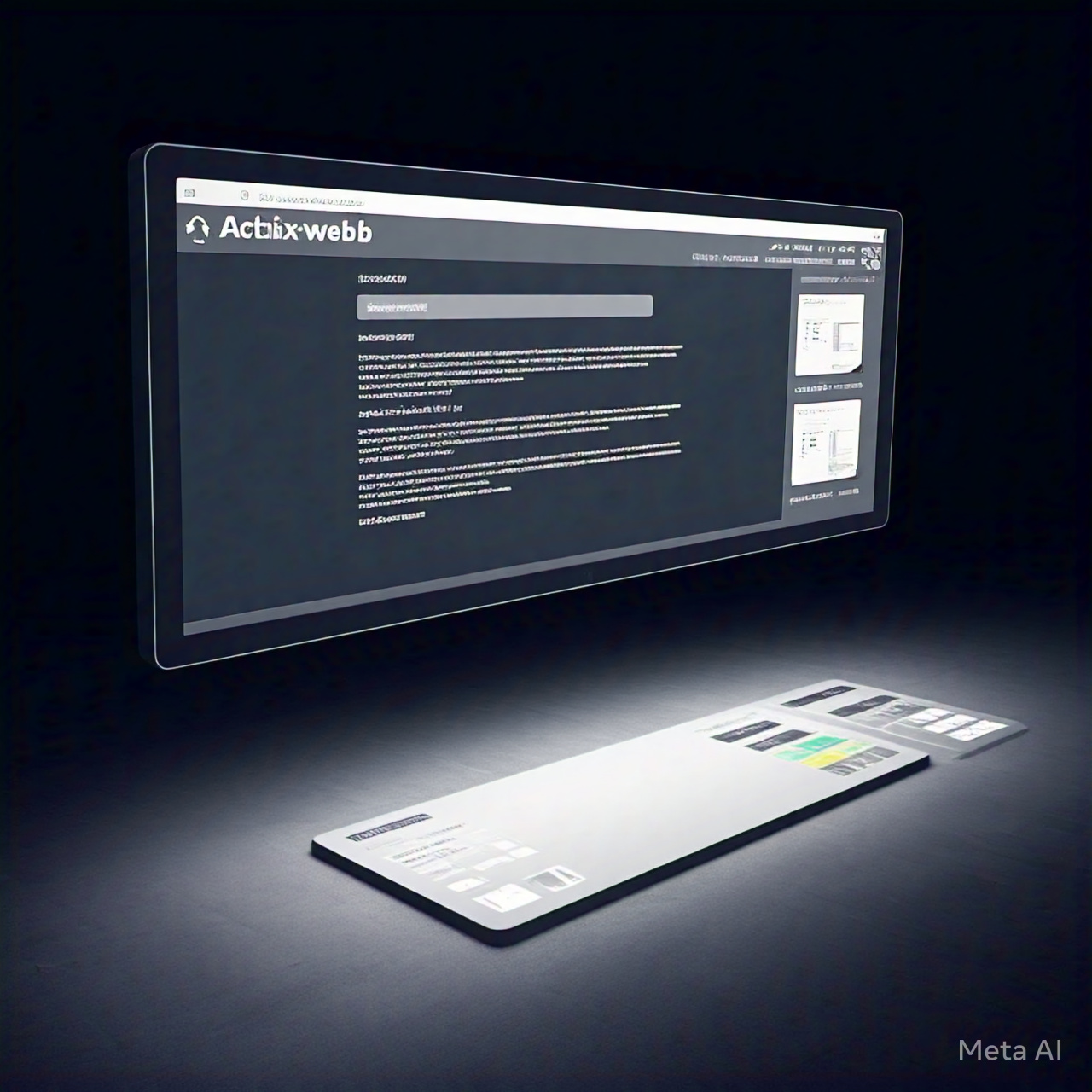In our previous blog post,
we walked through the process of creating a user registration API using Rust and Actix-Web. Now, we'll continue by implementing the login API to authenticate users. This is a natural next step after allowing users to register, as it enables them to securely access their accounts.
In this post, we'll build on the existing codebase, adding a new LoginRequest model, implementing the login logic, and integrating the login endpoint into our application. Let’s dive in!
Recap: What We Built Earlier
In the first part, we created a user registration API that:
Now, we’ll allow users to log in by verifying their credentials against the stored data.
Step 1: Define the LoginRequest Model
To handle login requests, we need a new model that captures the user's input. This model will include:
Here’s the code to add to src/models.rs:
This model will be used to parse the JSON payload sent by the client during the login process.
Step 2: Implement the Login Function
Next, we’ll implement the login_user function in the authentication module. This function will:
Here’s the implementation:
Explanation of the Code:
Step 3: Add the Login Route to the Application
Finally, we need to expose the login functionality via an API endpoint. We’ll add a new route to the main.rs file:
Key Points:
Testing the Login API
To test the login functionality, you can use tools like Postman or cURL. Here’s an example request:
Request:
Responses:
User Not Found (404 Not Found):
Server Error (500 Internal Server Error):
Conclusion
In this post, we extended our Rust Actix-Web application by adding a login API. This allows users to authenticate using their username or email and password. By leveraging bcrypt for password verification and sqlx for database interactions, we’ve built a secure and efficient authentication system.




Leave a Comment